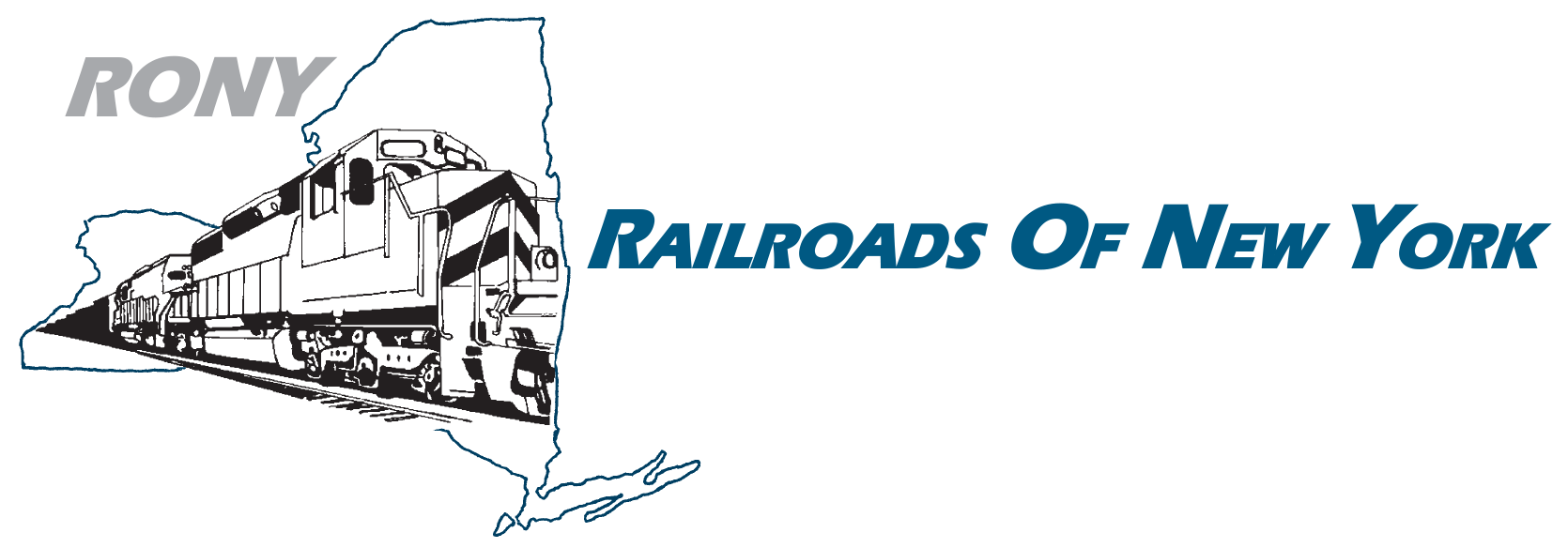Both the United States and the State of New York are dependent upon a safe and efficient transportation system to move people and goods. In today’s global economy, many of the things we use, as well as the things we make to sell to others, must be transported by the nation’s freight transportation system.
America’s freight railroads account for approximately 40% of intercity freight volume – more than any other mode of transportation – and provide the most efficient and affordable freight service in the world. Every year, America’s freight railroads save consumers billions of dollars while reducing energy consumption and pollution, lowering greenhouse gas emissions, cutting highway gridlock, and reducing the high costs of highway construction and maintenance. Additionally, intermodal freight rail service is critical to the global competitiveness of U.S. industries. Freight rail can be a critical factor in retaining and attracting manufacturing industries, and associated jobs, that are central and regional economies. Freight rail is also vital to military mobilization and provides critically needed transportation system redundancy in national and state emergencies.
In terms of national economic impact, the freight rail industry in the U.S. employs approximately 180,000 people who move approximately 34 million carloads of freight annually. Freight railroads generate nearly $265 billion in total annual economic activity and support 1.2 million additional jobs at businesses that provide goods and services to railroads. According to the Association of American Railroads, every $1 of investment in rail infrastructure generates another $3 in economic activity, and each $1 billion investment to expand rail capacity creates an estimated 20,000 jobs nationwide. And rail freight does this while being the most energy-efficient and environmentally friendly way to move goods across the state and nation.
The rail industry today is stable, productive, and competitive, with enough revenue and profit to operate, but not enough to replenish its infrastructure quickly or grow rapidly. America’s freight railroads operate overwhelmingly on infrastructure they own, build, maintain and pay for themselves. According to the Association of American Railroads, freight railroads invest approximately 17% of their annualized revenue on capital expenditures, compared to only 3% of the average U.S. manufacturer’s revenue. In 2012, America’s freight railroads invested a record $25.5 billion of their own funds in maintaining and upgrading the nation’s freight rail network. According to the U.S. Department of Transportation, the demand for freight rail transportation will increase by approximately 88% by 2035. To meet this expected rise in demand, almost 90% of railway capacity will also need to be further upgraded by 2035.
Additionally, according to the 2009 NYS Rail Plan completed by the NYS Department of Transportation, there is a need to invest approximately $375 million per year in the state’s freight rail infrastructure over a five-year period, totaling nearly $1.87 billion. Approximately half of these identified needs relate solely to keeping the current rail system in operation or bringing it up to a state of good repair. The other identified projects are designed to facilitate the expansion of the state’s rail network, thereby promoting economic development activities, improving service to existing customers, and allowing for access to the rail network for new customers.
According to the Association of American Railroads, freight railroads provide the following economic benefits for the U.S.:
- Freight railroads account for approximately one-third of all U.S. exports.
- Freight rail carries 16% percent of the nation’s cross-border trade.
- Rail freight moves over 600 miles on an average trip, while the average truck trip is approximately 245 miles.
- 92 billion truck-vehicle miles of travel would be added to the nation’s highway system without our freight rail system.
- This additional truck traffic would cost federal, state, and local transportation agencies an additional $64 billion over the next 20 years.
- If all rail freight were shifted to trucks, it would cost shippers an additional $69 billion per year – or $1.4 trillion over the next 20 years.
- Freight rail provides shippers with cost-effective transportation, especially for heavy and bulky commodities. Average U.S. freight rail rates are the lowest in the world, lower than Russia and China and less than half those of most major European countries.
- Average U.S. freight rail rates were 42% lower in 2012 than in 1981, allowing the average rail shipper to move close to twice as much freight today for the same price it paid 30 years ago.
- Rail is also a preferred mode for hazardous materials shipments because of its positive safety record.
- According to the U.S. Department of Transportation, railroads have been found to be approximately 16 times safer than trucks in carrying hazardous materials. Additionally, according to USDOT, 2012 was the safest year in rail history, with train accidents down by 43% over the previous 10 years and accidents involving a hazmat release down 16%
